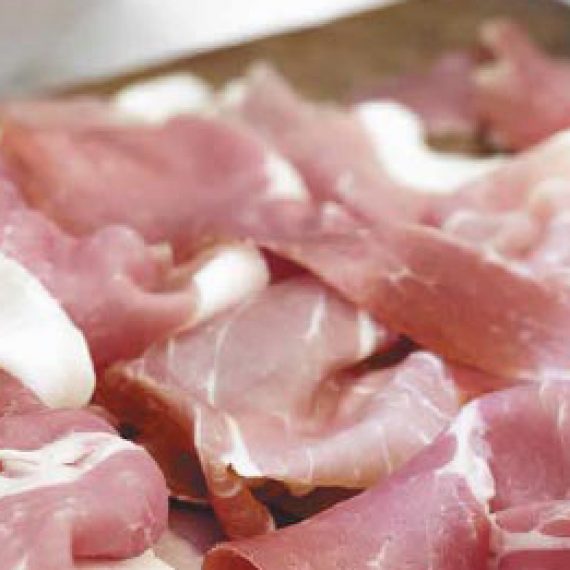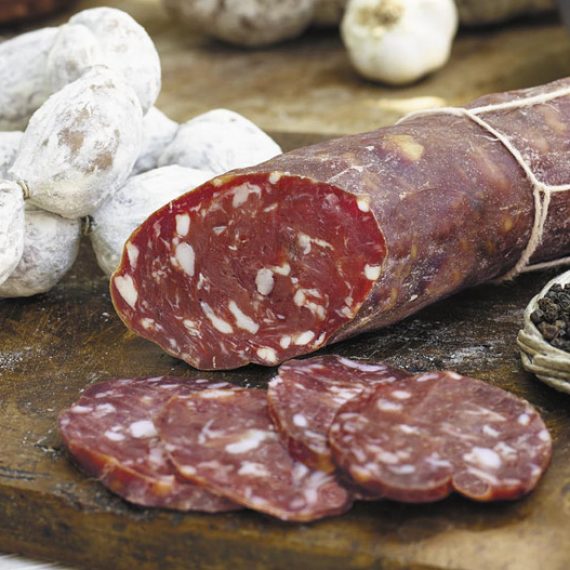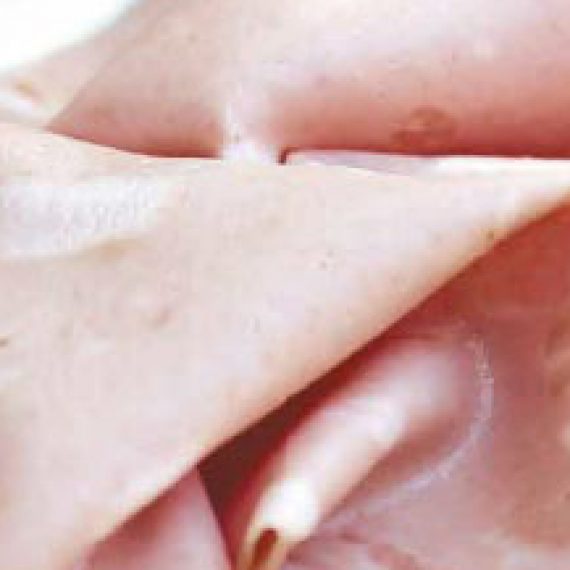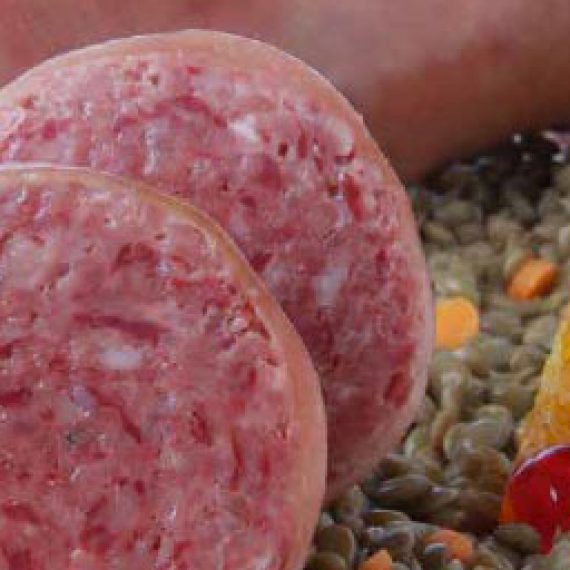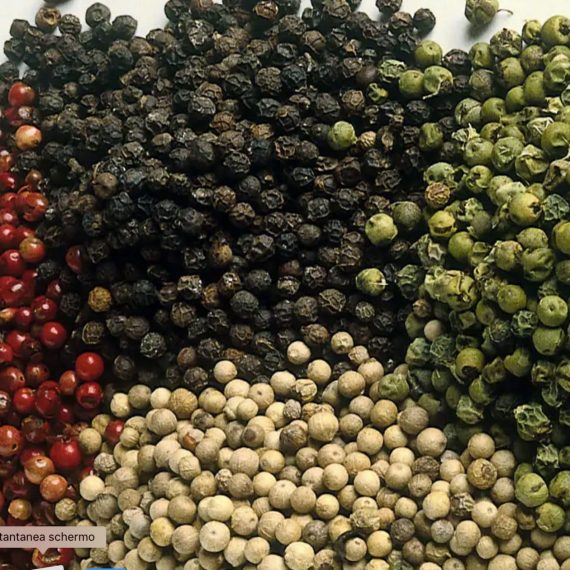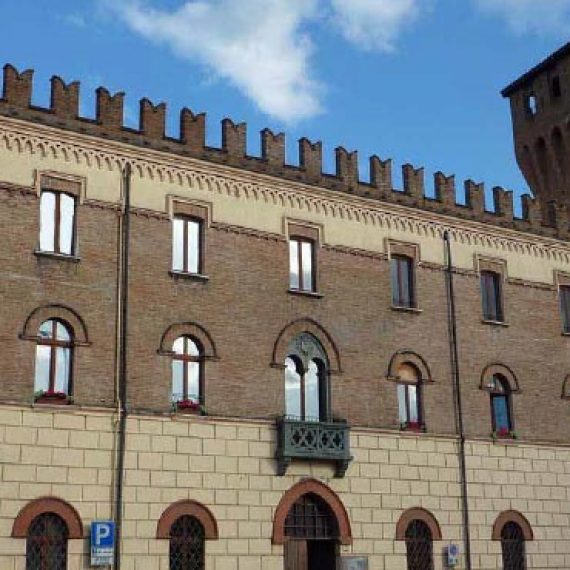Prosciutto is ham made from a pork’s hind leg and is preserved by salting, curing or cooking. The salting of cooked ham is done by inserting an infusion made of salt, sugar, spices, and herbs with a mechanical syringe into the pork meat. Then, the pork legs are cooked.
Instead, prosciutto crudo is dry cured with salt. Salting is a delicate process since selecting the right amount of salt is essential for curing and giving the meat a subtle and delicious taste.
The Etruscans were the first people to trade ham with the rest of Italy and Greece, followed by the Romans, who were consistent producers as consumption became widespread throughout the Empire. Since ham is easily preserved and portable, its consumption extended to the military. Varrone cited that Roman soldiers would bring ham and other salted meat produced in the Po River valley on long military expeditions.
Ham was normally made at home, but then during the Middle Ages, the production shifted to artisanal shops.
By the 1500s Modena was known as the center of prosciutto making for its high quality and craftsmanship. In fact, ham served at the noble courts at the Estense of Ferrara, and almost every other court in Italy and Europe was made in Modena.
With time prosciutto making became standardized and today the entire process, from the selection of animal feed during raising to the final stages of curing, is guided by stringent rules.
According to the European Union’s PDO (Protected Designation of Origin) scheme, the animal must be raised for at least 9 months and weigh 160kg before entering the production process. In the first step, the fat is trimmed from the pork leg and rind, then the meat is salted. In between, the meat is delicately washed and carefully pressed to allow the salt to seep in. After 60 days of being left in an environment with controlled temperature and humidity, the pork legs are washed with warm water, dried, and hung for curing. During this process, the lean parts of the legs are greased with a mixture of lard, salt, and pepper to preserve moisture. After a year or more prosciutto ham is ready to be served.

